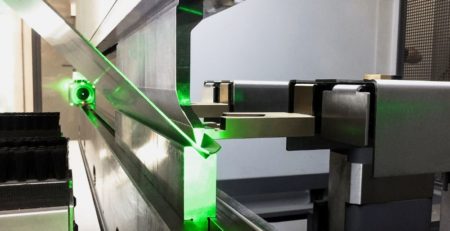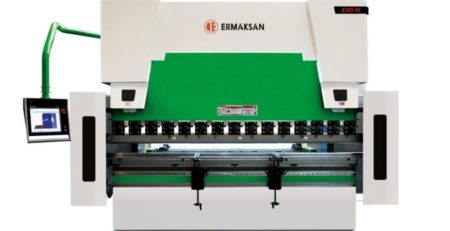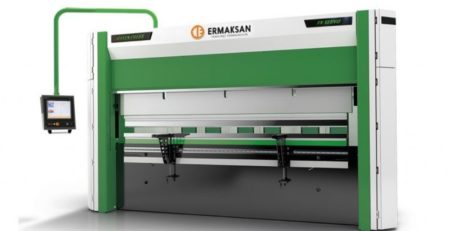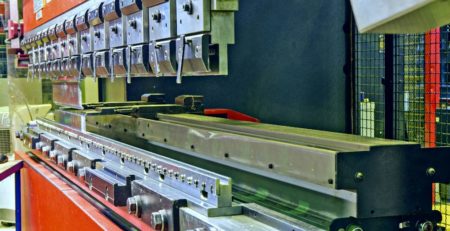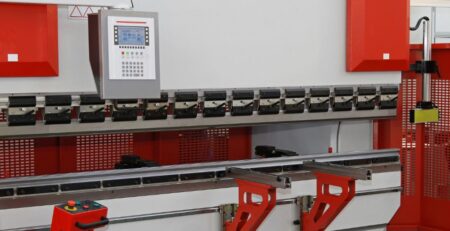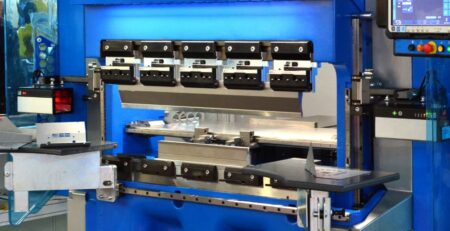Reasons Why Press Brake Tooling Is Important
Press brake tooling plays a pivotal role in any metalworking shop. It is the cornerstone of precision sheet metal fabrication, providing the necessary force and shape to bend and form sheet metal into desired configurations. Consider several reasons why press brake tooling is important, reviewing the materials used and essential punches and dies as well as solutions for long sheet metal.
What Is Press Brake Tooling
Press brake tooling refers to specific interchangeable parts used in a press brake to bend sheet metal at specific angles. These include punches, which apply downward force onto the sheet metal, and dies, which serve as the receiving end that forms the desired angle in the metal when the punch presses down on it. The correct selection and maintenance of these tools are critical to achieving accurate bends and high-quality finished products.
Press Brake Tooling Materials
Press brake tooling materials include hardened steel and tungsten carbide. Hardened steel is durable and capable of withstanding repeated use without significant wear. Tungsten carbide, while more expensive, offers superior strength and resistance to wear, making it ideal for high-volume or high-precision applications.
Punches and Dies Every Metalworking Shop Should Have
There are various types of punches and dies that a metalworking shop should have so that it can cater to a diverse range of projects. Standard punches and dies, gooseneck punches, acute angle dies, and hemming dies are just a few examples.
Standard punches and dies are versatile and can handle most common bending tasks. Gooseneck punches are perfect for forming deep channels or boxes, while acute angle dies allow for bending at sharp angles. Hemming dies are used to create clean, flat edges on sheet metal.
Solutions for Long Sheet Metal
Working with long sheet metal can be challenging due to its size and weight. One solution is to use tandem press brakes, also called synchronized hydraulic press brakes. These two press brakes work together to handle long sheet metal. This setup increases bending capacity and precision, allowing for the efficient processing of large sheets.
Press brakes can’t bend metal accurately without critically important press brake tooling. Tooling is essential to any metal fabrication shop’s productivity and the quality of its output.


